Image of 1970 Pontiac Grand Prix, Note: These illustrations use artistic license and may differ from actual historical models.
Performance Metrics
Fundamental Metrics
Emotional Appeal
MMP Rating
| Engine Specifications | |
|---|---|
| Engine: | 400 cu in (6.6 L) V8, 455 cu in (7.5 L) V8 |
| Displacement: | 400-455 cu in |
| Horsepower: | 350-370 hp |
| Torque: | 500 lb-ft |
| Compression Ratio: | 10.25:1 |
| Ignition System: | Electronic ignition system |
| Cooling System: | Liquid-cooled |
| Performance Specifications | |
| 0-60 Time: | 7.5 seconds |
| 1/4 Mile Time: | 15.5 seconds |
| Top Speed: | 130 mph |
| Transmission and Drive | |
| Drive Type: | Rear-wheel drive |
| Transmission Type: | 3-speed automatic, 4-speed manual |
| Fuel and Efficiency | |
| Fuel System Type: | Carburetor |
| MPG: | 10-12 mpg |
| Dimensions and Brakes | |
| Brakes: | Power-assisted disc brakes |
| Wheelbase: | 118 in |
| Weight: | 3,900 lbs |
Note: Specifications for classic cars are given to the best of our ability, considering the limited and variant data available.
1970 Pontiac Grand Prix: A Blend of Luxury and Muscle
The 1970 Pontiac Grand Prix wasn't just a car; it was a statement on wheels. Born from the ambitious design tables of General Motors and the visionary mind of John Z. DeLorean, this model year marked the beginning of the Grand Prix's third generation. As America was revving up muscle cars, Pontiac introduced this luxury coupe that combined power with panache, setting a new benchmark for personal luxury performance vehicles.
At a time when automotive design was as much about personality as it was about horsepower, the 1970 Grand Prix made an entrance with its distinctive 'fuselage' styling. It was a car that not only turned heads but also left an indelible mark on the automotive landscape. One unique fact about this vehicle is that it was among the first to offer a built-in radio antenna in the windshield—a small but telling sign of its innovative spirit.
Design and Innovation
The exterior of the 1970 Pontiac Grand Prix boasted a long hood, a short deck, and a strikingly bold grille that commanded attention. Its sculpted body lines flowed seamlessly from front to rear, culminating in a subtle yet sporty rear spoiler. The cockpit-style interior featured high-quality materials, including available leather upholstery and woodgrain accents that exuded luxury.
Technology-wise, the Grand Prix offered features like an optional stereo 8-track player and gauges that were thoughtfully oriented towards the driver. Color options ranged from classic hues like Starlight Black to more vibrant choices such as Palladium Silver, with Cardinal Red being among the most popular picks.
The model came in various body styles, but it was the two-door hardtop coupe that became synonymous with the Grand Prix nameplate. Options like the SJ trim level added performance enhancements that were coveted by enthusiasts.
Historical Significance
The 1970 Pontiac Grand Prix's impact on automotive design was profound. It bridged the gap between muscle cars and luxury cruisers, offering a unique blend that appealed to a wide audience. Its introduction of the integrated radio antenna set a precedent for future innovations in car entertainment systems.
This vehicle stood out for its ability to offer both performance and comfort without compromise—a feat not easily matched by its contemporaries. Its legacy can be seen in subsequent generations of personal luxury cars that sought to capture its magic formula.
Performance and Handling
Underneath its stylish exterior lay a potent powerplant—the standard 400 cubic inch V8 engine could propel the Grand Prix from 0-60 mph in under 8 seconds, an impressive feat for its size. Top speed was around 125 mph, depending on configuration and conditions.
On winding roads or when tackling bumps, drivers appreciated its well-tuned suspension system which provided a balance between comfort and responsiveness. Behind the wheel, one could hear the satisfying rumble of the engine while enjoying a ride that was smooth yet engaging—a true driver's car.
Ownership Experience
The 1970 Pontiac Grand Prix found its niche as both a daily driver for those who appreciated its luxury touches and as a show car for collectors who admired its muscle heritage. Maintenance and reliability were typical for vehicles of its era; while some parts are now considered rare, many mechanical components are interchangeable with other GM models of similar years, easing repairs.
Fun Facts
This model has graced many collections over the years, including those of celebrities like Johnny Carson. While not known for breaking speed records, it held its own as a top seller within its class during its heyday. Criticisms often centered around fuel economy—a common trait among muscle cars—but fans argue that its driving pleasure far outweighs such concerns.
Collector's Information
Today's collector market sees the 1970 Pontiac Grand Prix in varying states—from pristine showpieces to fixer-uppers. Estimates suggest that tens of thousands were produced, though exact numbers vary by source. Values range widely based on condition, with well-maintained models fetching anywhere from $15,000 to over $40,000 at auction or private sale.
The market trend shows appreciation for well-preserved or expertly restored examples as enthusiasts seek out these icons of American automotive history.
Conclusion
The 1970 Pontiac Grand Prix stands as an emblematic figure at the crossroads of luxury and muscle—a car that offered more than just transportation; it delivered an experience. With its distinctive styling, comfortable yet spirited performance, and innovative features for its time, it remains a beloved classic among collectors and enthusiasts alike.
In reflecting on this remarkable vehicle's journey through history, one can't help but admire how it captured the essence of an era where cars were not just machines but expressions of identity and aspiration—a true classic in every sense of the word.
1970 Pontiac Grand Prix Catalog of Parts
 1970 Pontiac Grand Prix Shock Absorber Grommet. 1" bottom O.D., 3/4" high-BN 1Shock Absorber Grommet. 1" bottom O.D., 3/4" high., with 7/16" I.D. Each
1970 Pontiac Grand Prix Shock Absorber Grommet. 1" bottom O.D., 3/4" high-BN 1Shock Absorber Grommet. 1" bottom O.D., 3/4" high., with 7/16" I.D. Each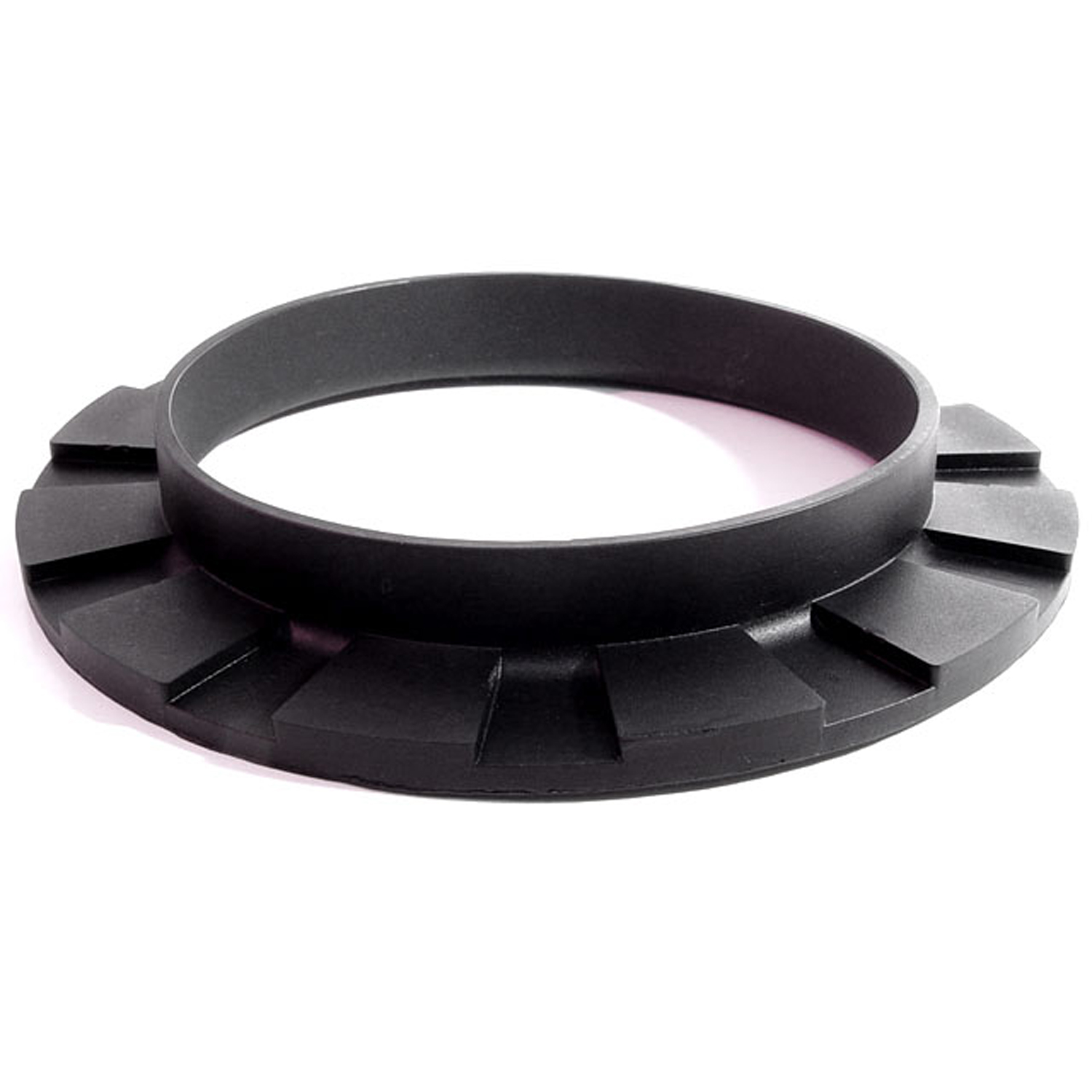 1970 Pontiac Grand Prix Front coil-spring insulator-BN 110Front coil-spring insulator. Fits '41-'60 Oldsmobile and '50-'83 GM passenger models. 5-3/8 in. OD x 3-3/4 in. ID x 3/4 in. high with 13/16 in. wide bottom flange 1/4" thick, 12 flutes. Each.
1970 Pontiac Grand Prix Front coil-spring insulator-BN 110Front coil-spring insulator. Fits '41-'60 Oldsmobile and '50-'83 GM passenger models. 5-3/8 in. OD x 3-3/4 in. ID x 3/4 in. high with 13/16 in. wide bottom flange 1/4" thick, 12 flutes. Each.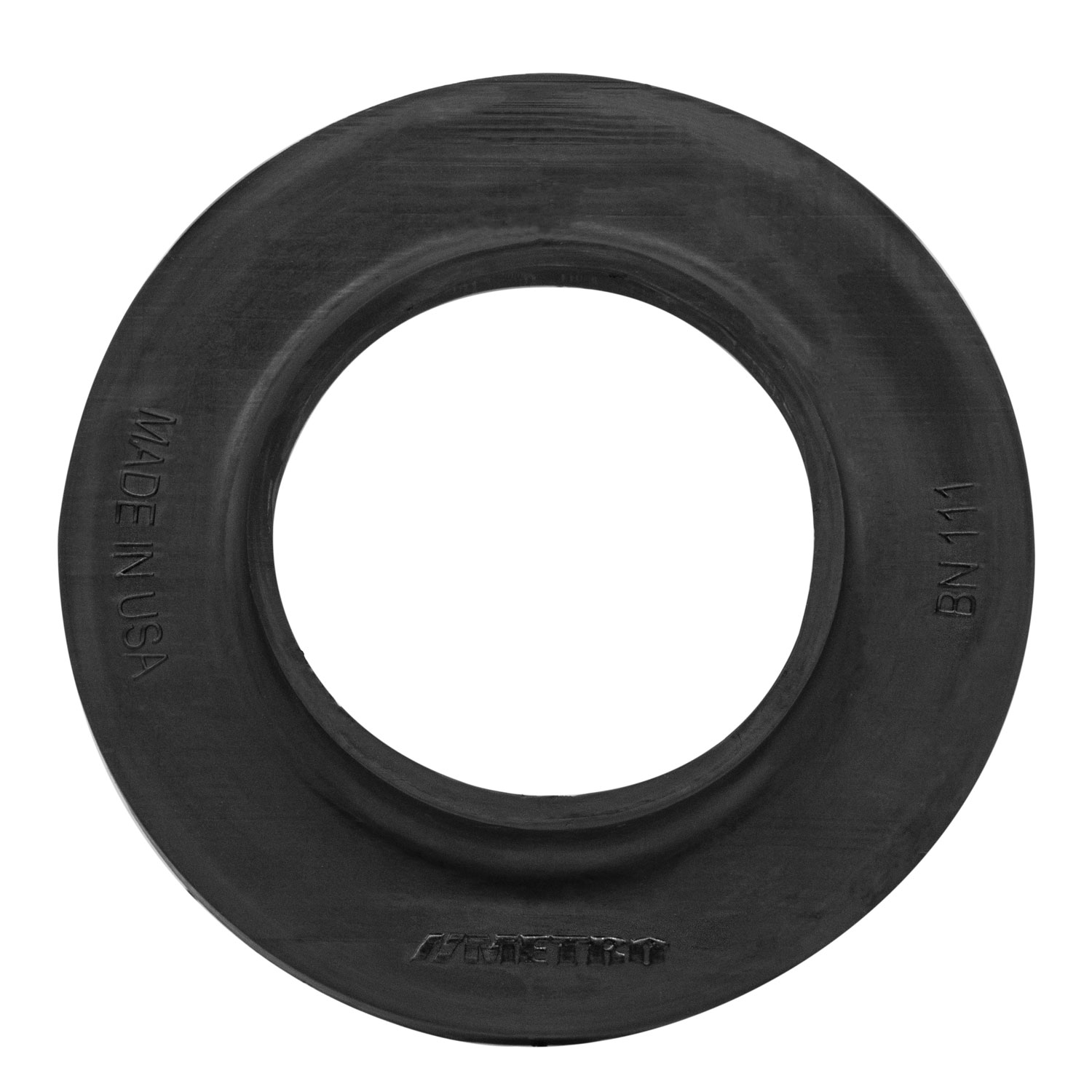 1970 Pontiac Grand Prix Rear coil-spring insulator 1961-72 GM A-Body-BN 111Coil spring insulators are a great way to prevent metal-on-metal contact and noise. Manufactured to OEM specifications for a precise fit, these coil spring insulators are made of rubber and are used between the coil spring and the frame of your ride. 3-3/4 in. OD, 2-1/8 in. ID, 5/8 in. high with 3/16 in. , wide bottom flange 1/4 in. thick.
1970 Pontiac Grand Prix Rear coil-spring insulator 1961-72 GM A-Body-BN 111Coil spring insulators are a great way to prevent metal-on-metal contact and noise. Manufactured to OEM specifications for a precise fit, these coil spring insulators are made of rubber and are used between the coil spring and the frame of your ride. 3-3/4 in. OD, 2-1/8 in. ID, 5/8 in. high with 3/16 in. , wide bottom flange 1/4 in. thick. 1970 Pontiac Grand Prix Front Stabilizer End Repair Kit-BNK 25Front Stabilizer End Repair Kit. 22-piece set for two stabilizer bars. Contains all rubber bushings, washers, bolts and nuts, enough for one front end. Set
1970 Pontiac Grand Prix Front Stabilizer End Repair Kit-BNK 25Front Stabilizer End Repair Kit. 22-piece set for two stabilizer bars. Contains all rubber bushings, washers, bolts and nuts, enough for one front end. Set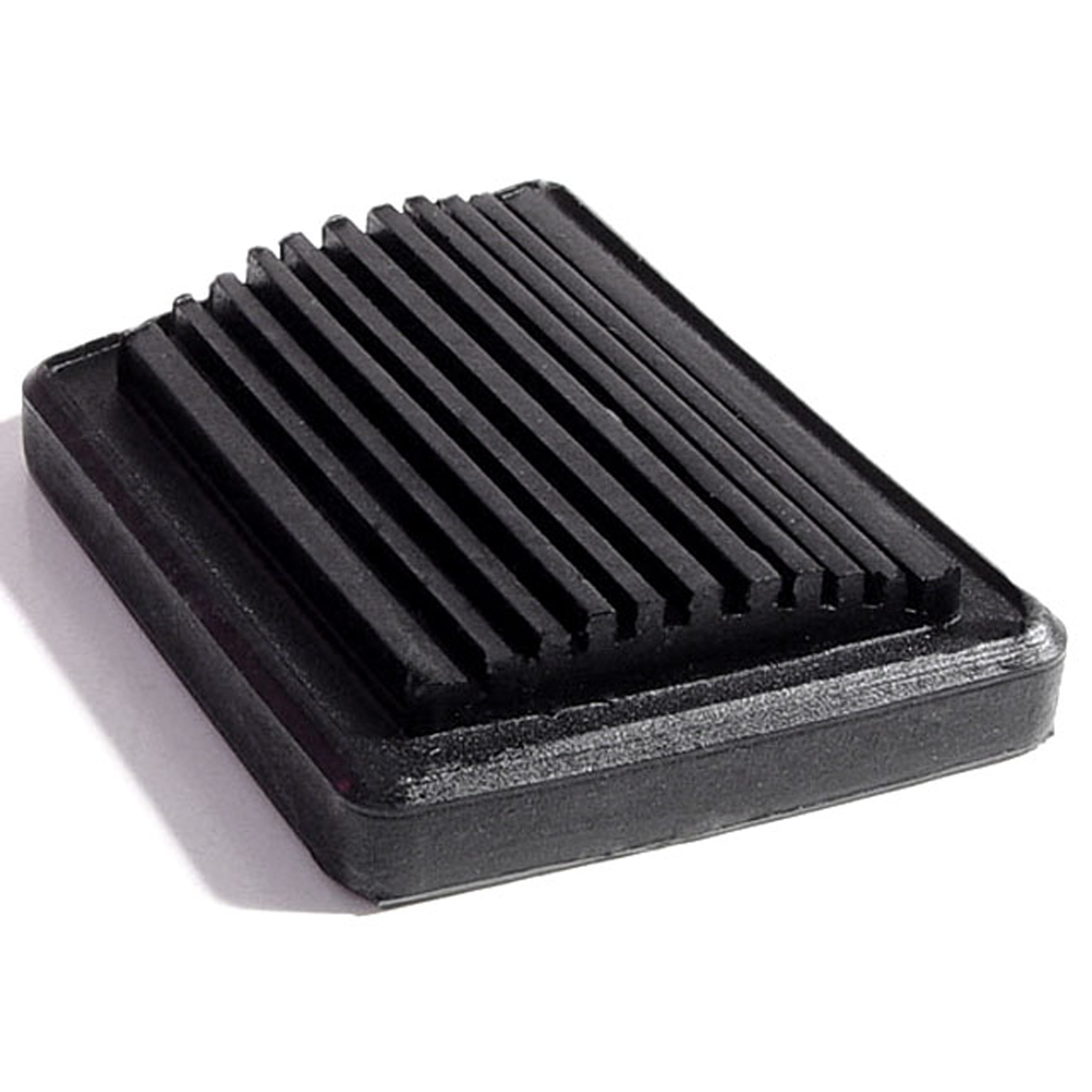 1970 Pontiac Grand Prix Park Brake Pedal Pad. 2-9/16" wide. Each-CB 99-APark Brake Pedal Pad. 2-9/16" wide. Each
1970 Pontiac Grand Prix Park Brake Pedal Pad. 2-9/16" wide. Each-CB 99-APark Brake Pedal Pad. 2-9/16" wide. Each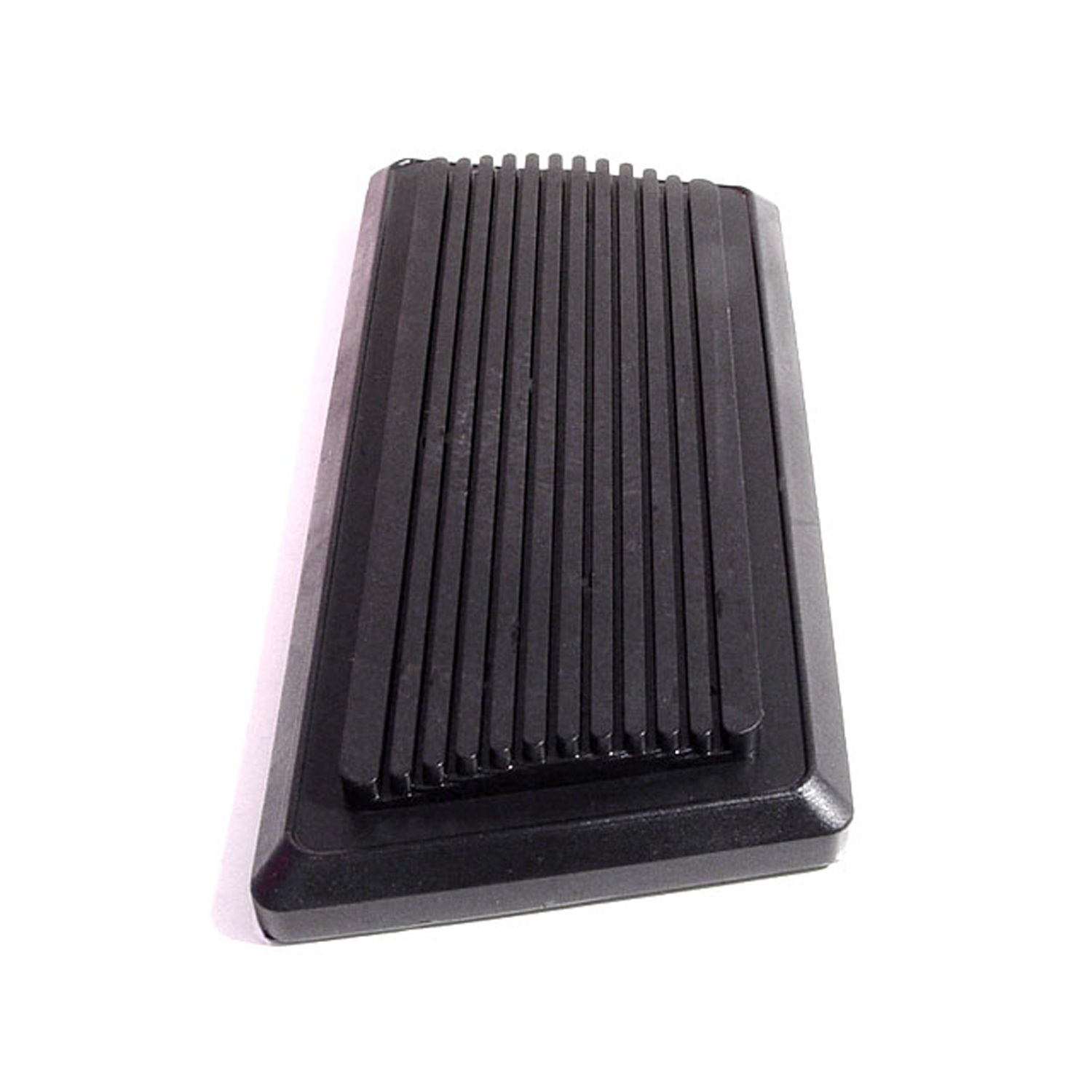 1970 Pontiac Grand Prix Auto Brake Pedal Pad. 5-7/8" wide. Each-CB 99-BAuto Brake Pedal Pad. 5-7/8" wide. Each
1970 Pontiac Grand Prix Auto Brake Pedal Pad. 5-7/8" wide. Each-CB 99-BAuto Brake Pedal Pad. 5-7/8" wide. Each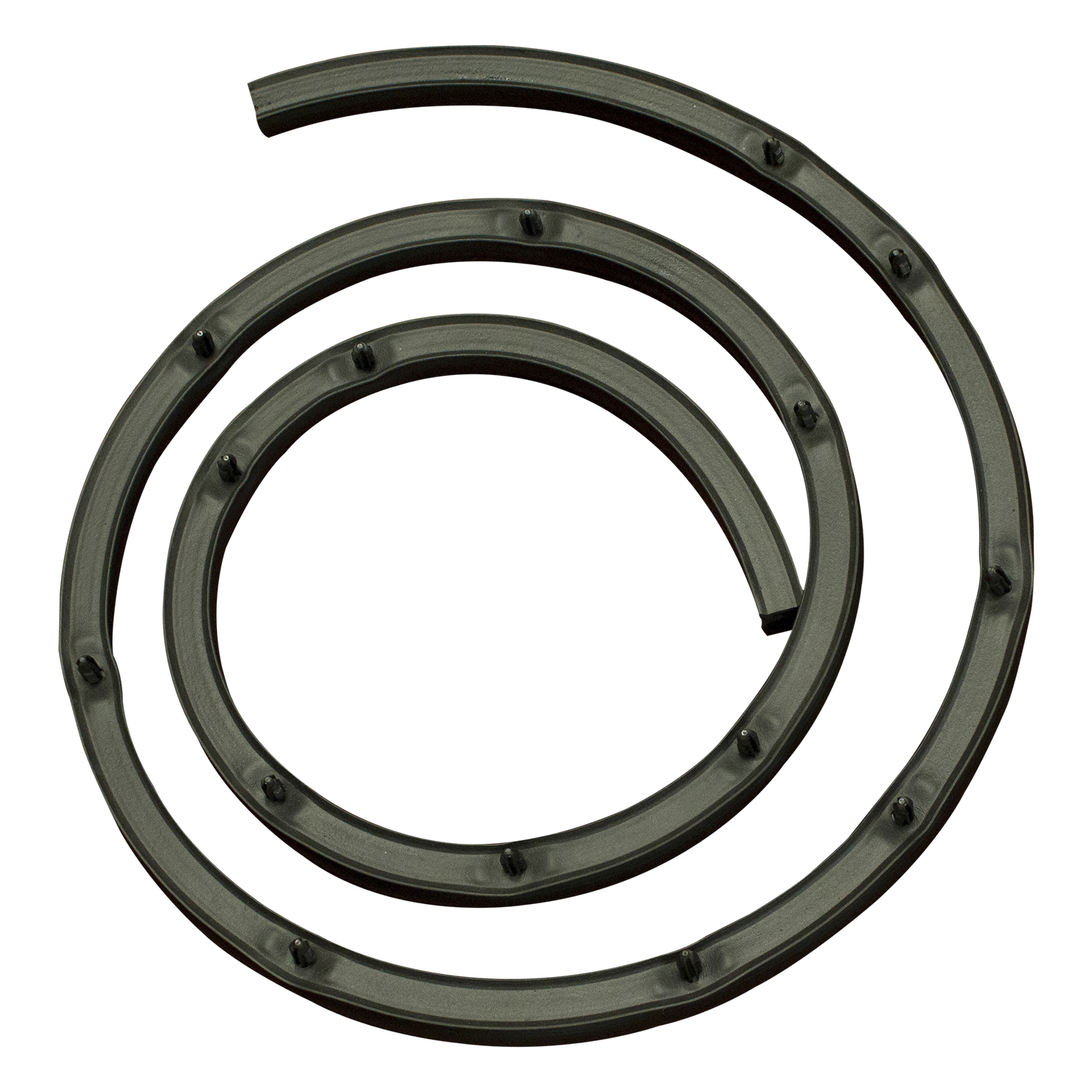 1970 Pontiac Grand Prix Hood to cowl seal. '69-'72 Pontiac Grand Prix-CS 13-PHood to cowl seal. '69-'72 Pontiac Grand Prix. Made of durable EPDM rubber with hardened nylon mounting pins properly positioned for a perfect fit. An American-made part for your American-made collector car. Replaces OEM# 9796564. Each.
1970 Pontiac Grand Prix Hood to cowl seal. '69-'72 Pontiac Grand Prix-CS 13-PHood to cowl seal. '69-'72 Pontiac Grand Prix. Made of durable EPDM rubber with hardened nylon mounting pins properly positioned for a perfect fit. An American-made part for your American-made collector car. Replaces OEM# 9796564. Each.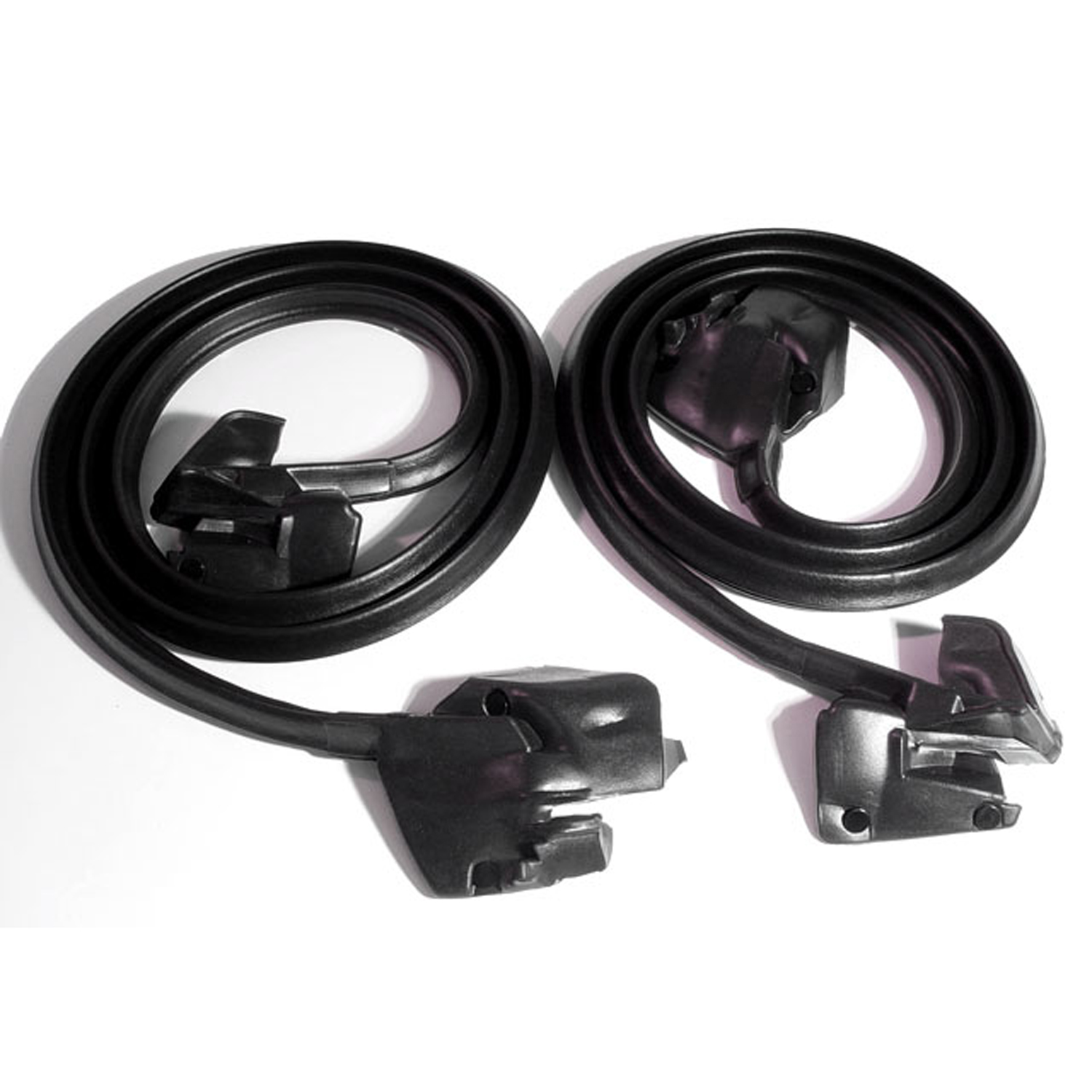 1970 Pontiac Grand Prix Door seal. With properly-spaced clips and molded ends-LM 12-ADoor seal. With properly-spaced clips and molded ends. 2-door hardtops and convertible. Replaces OEM#'s 8781164/5. Pair. R&L.
1970 Pontiac Grand Prix Door seal. With properly-spaced clips and molded ends-LM 12-ADoor seal. With properly-spaced clips and molded ends. 2-door hardtops and convertible. Replaces OEM#'s 8781164/5. Pair. R&L.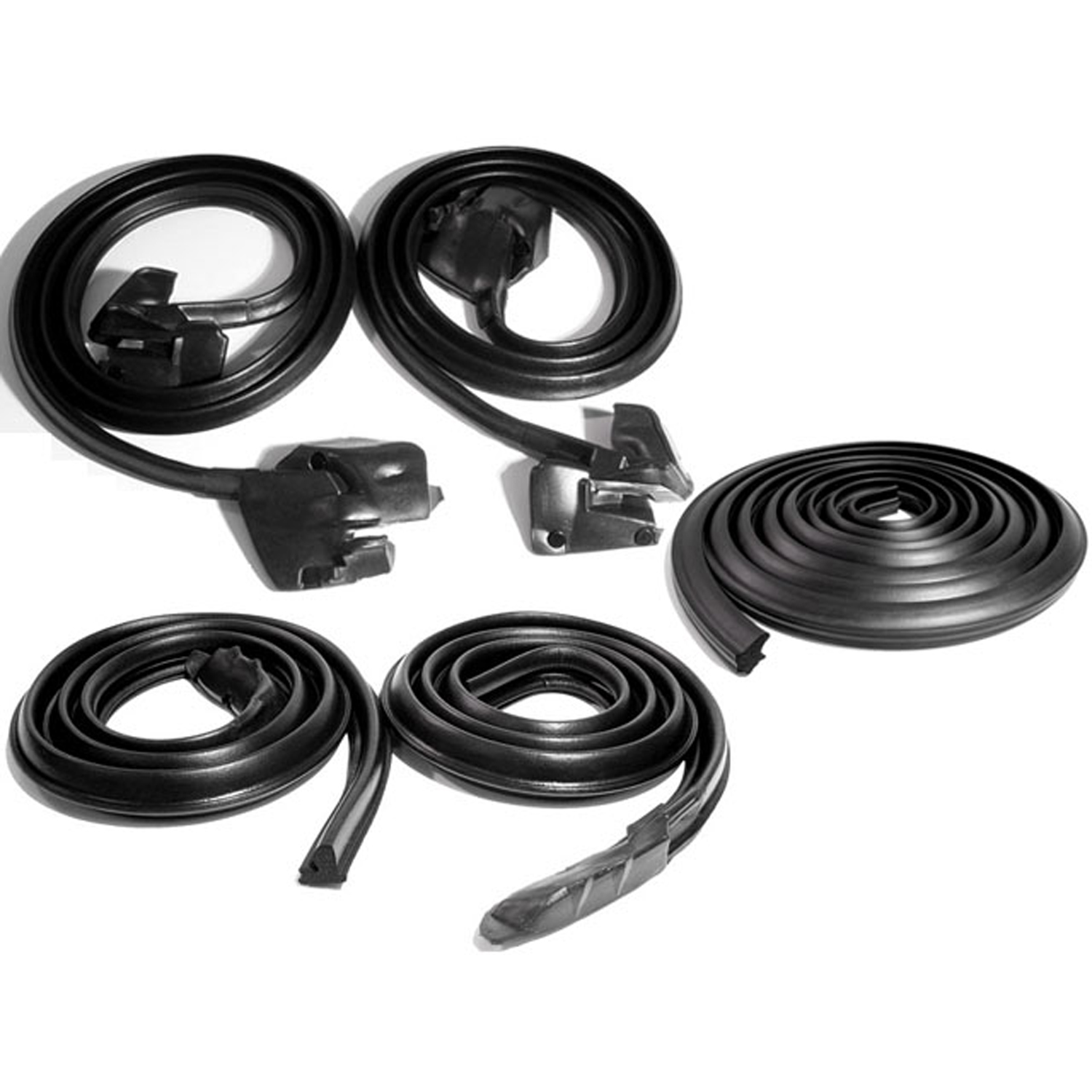 1970 Pontiac Grand Prix Basic Kit, for 2-Door Hardtop-RKB 8105-106Basic Kit, for 2-Door Hardtop. Door (LM 12-A) Roof Rail (RR 5004) Trunk (TK 46-16), Seals.
1970 Pontiac Grand Prix Basic Kit, for 2-Door Hardtop-RKB 8105-106Basic Kit, for 2-Door Hardtop. Door (LM 12-A) Roof Rail (RR 5004) Trunk (TK 46-16), Seals.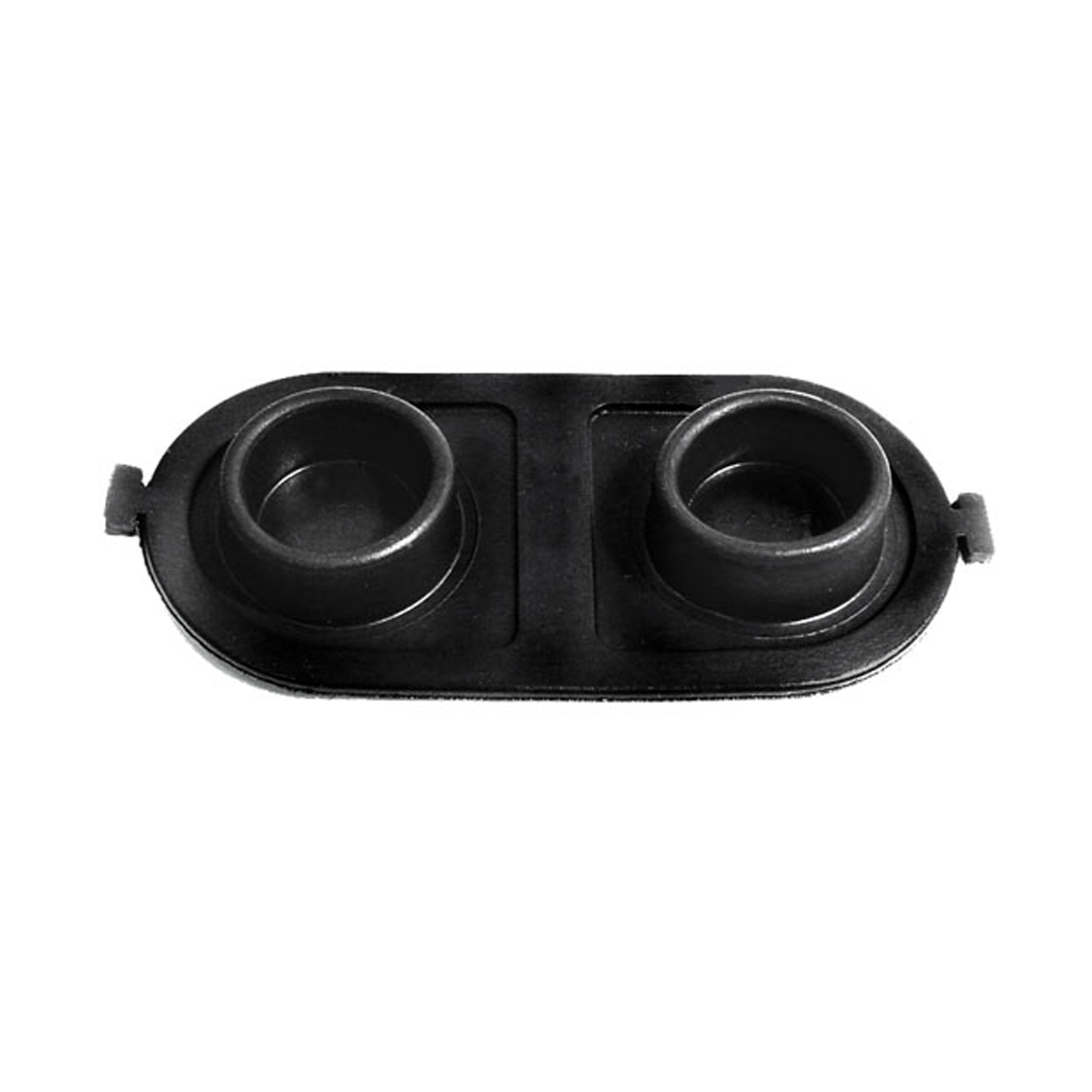 1970 Pontiac Grand Prix Brake Master Cylinder Cover Seal. Replaces OEM #5470861-RP 2-EBrake Master Cylinder Cover Seal. Replaces OEM #5470861. 5" X 2-1/2". Each
1970 Pontiac Grand Prix Brake Master Cylinder Cover Seal. Replaces OEM #5470861-RP 2-EBrake Master Cylinder Cover Seal. Replaces OEM #5470861. 5" X 2-1/2". Each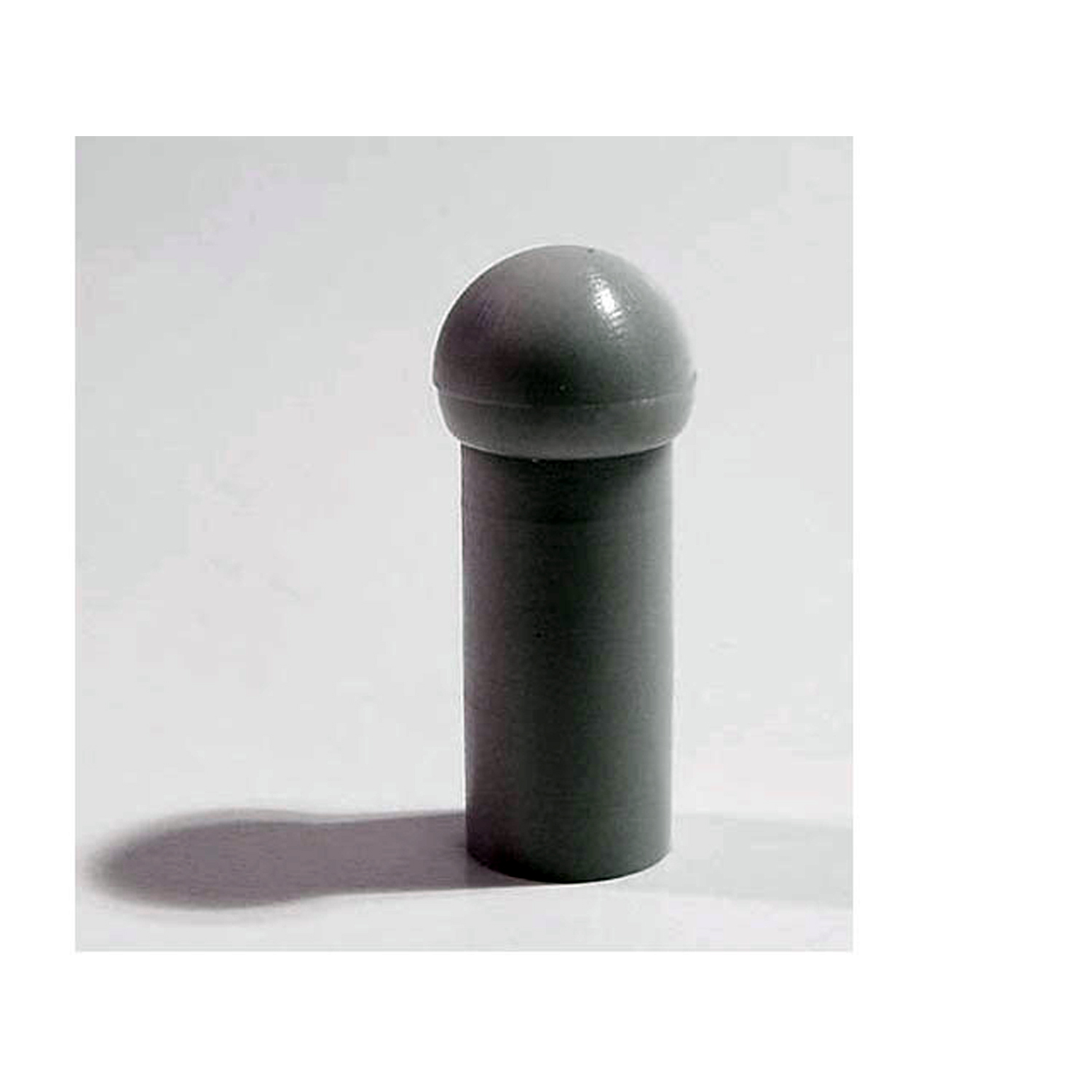 1970 Pontiac Grand Prix Sun Visor Rod Rubber Grommet. 3/4" long. Gray. Each-RP 303-CSun Visor Rod Rubber Grommet. 3/4" long. Gray. Each
1970 Pontiac Grand Prix Sun Visor Rod Rubber Grommet. 3/4" long. Gray. Each-RP 303-CSun Visor Rod Rubber Grommet. 3/4" long. Gray. Each 1970 Pontiac Grand Prix Molded Roof Rail Seals for 2-Door Hardtop. Pair R&L-RR 5004Molded Roof Rail Seals for 2-Door Hardtop. Pair R&L
1970 Pontiac Grand Prix Molded Roof Rail Seals for 2-Door Hardtop. Pair R&L-RR 5004Molded Roof Rail Seals for 2-Door Hardtop. Pair R&L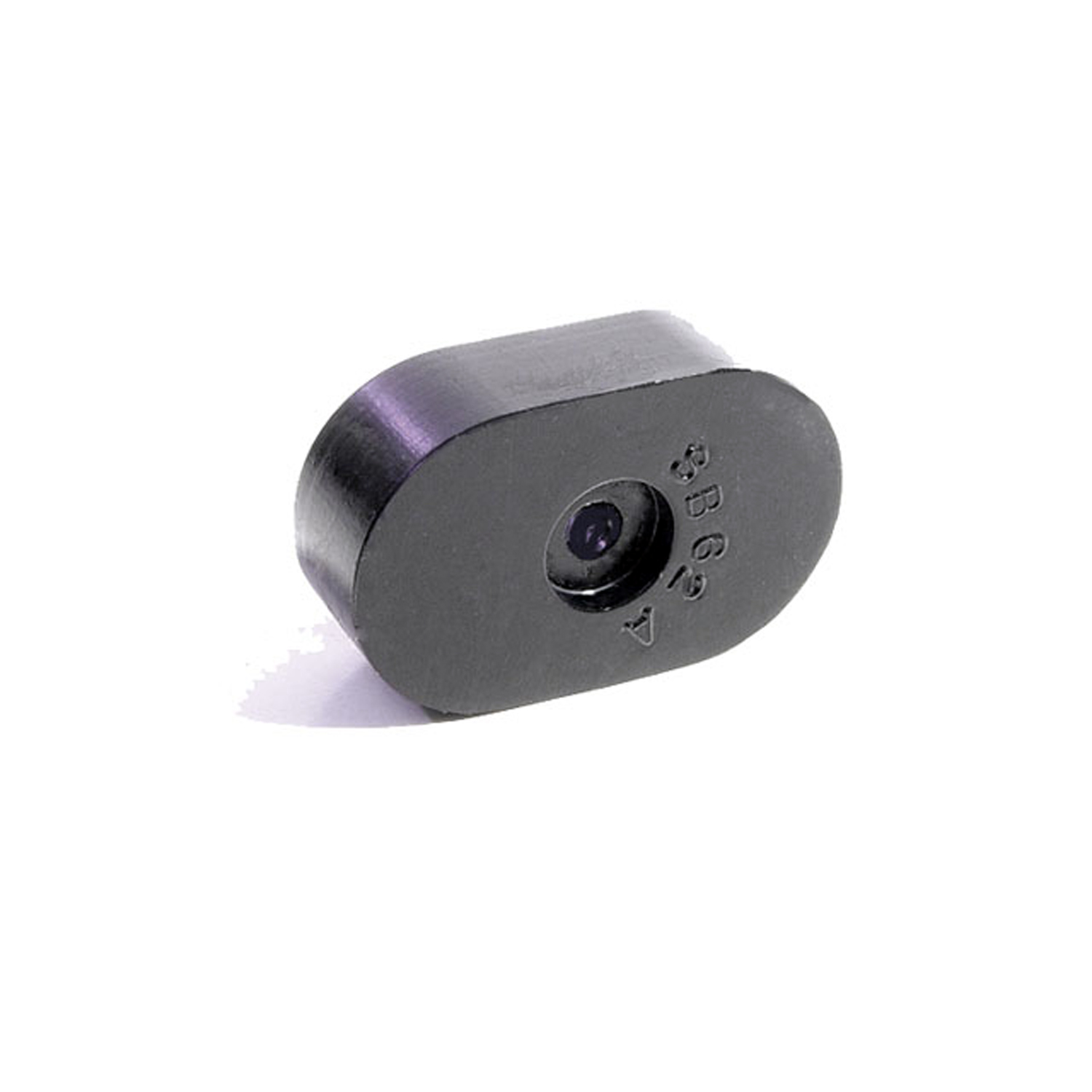 1970 Pontiac Grand Prix Seat Bumper. Made with steel core like original-SB 62-ASeat Bumper. Made with steel core like original. 1-1/2" long, 7/16" thick. Two used per car. Each
1970 Pontiac Grand Prix Seat Bumper. Made with steel core like original-SB 62-ASeat Bumper. Made with steel core like original. 1-1/2" long, 7/16" thick. Two used per car. Each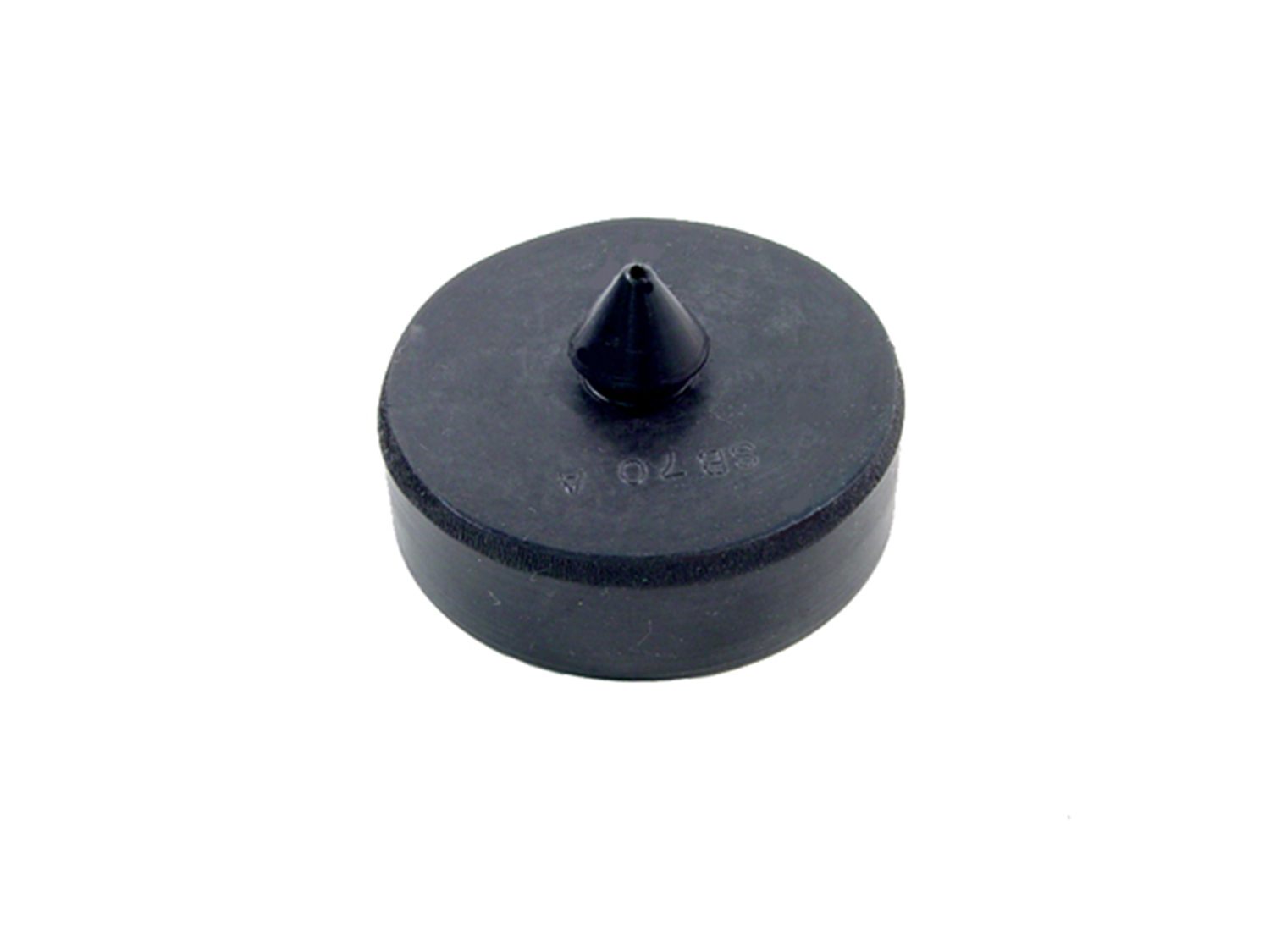 1970 Pontiac Grand Prix Front door window stop bumper. ’70-’81 GM passenger cars-SB 70-AFront door window stop bumper. '70-'81 GM passenger cars. Dense rubber. Replaces OEM# 9810036. Each.
1970 Pontiac Grand Prix Front door window stop bumper. ’70-’81 GM passenger cars-SB 70-AFront door window stop bumper. '70-'81 GM passenger cars. Dense rubber. Replaces OEM# 9810036. Each.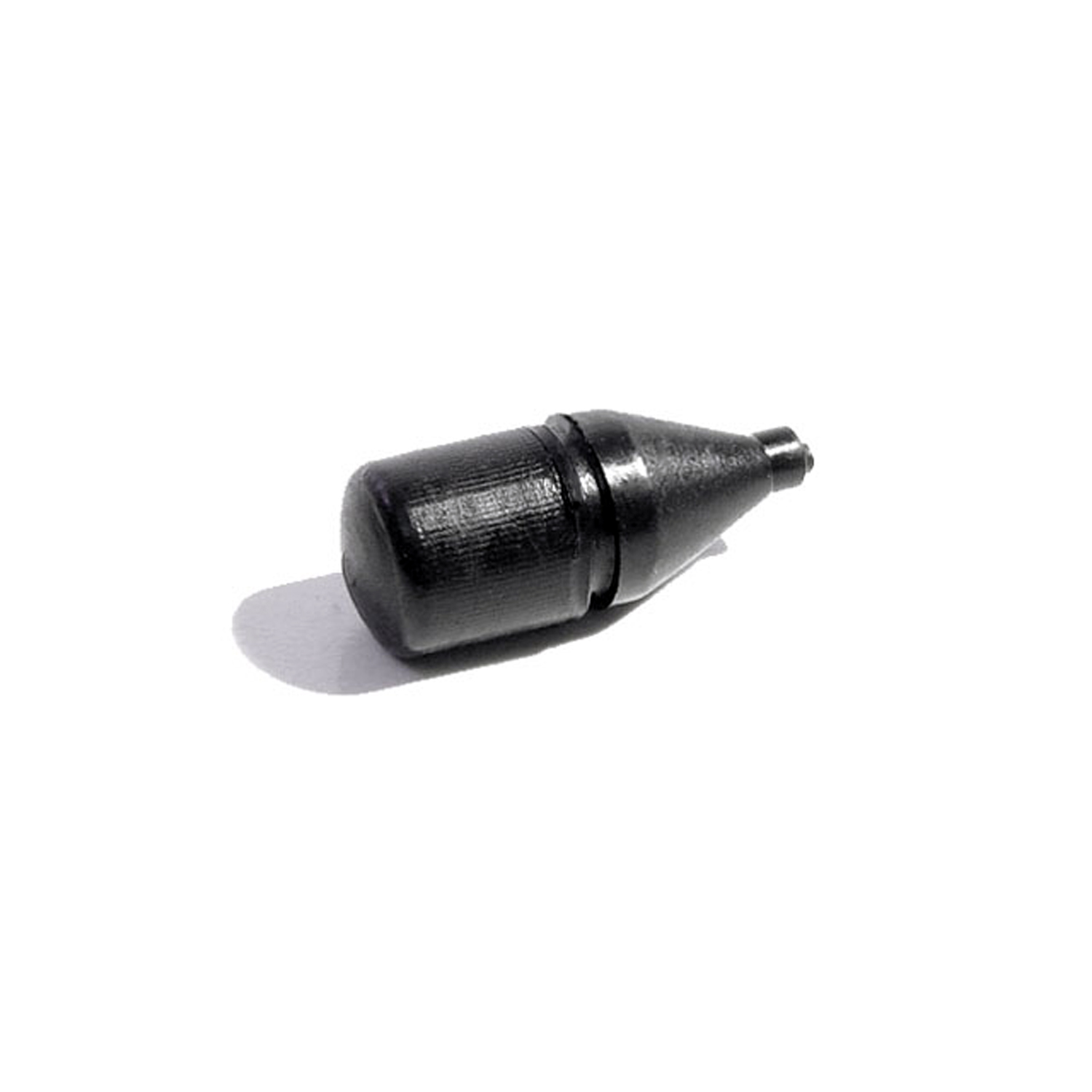 1970 Pontiac Grand Prix Fuel Door Bumper. 7/8" high, 5/16" O.D. Each-SB 81Fuel Door Bumper. 7/8" high, 5/16" O.D. Each
1970 Pontiac Grand Prix Fuel Door Bumper. 7/8" high, 5/16" O.D. Each-SB 81Fuel Door Bumper. 7/8" high, 5/16" O.D. Each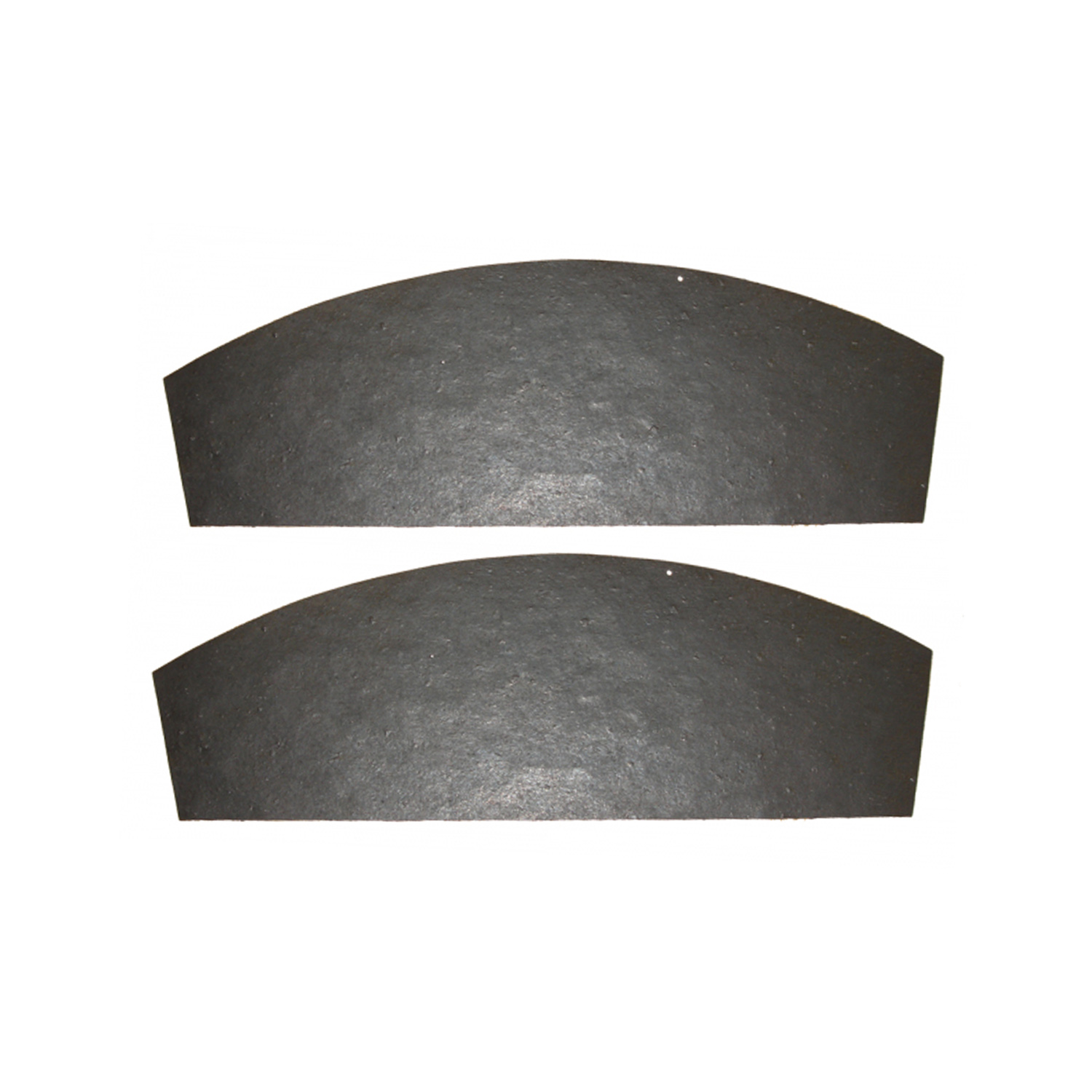 1970 Pontiac Grand Prix A-Arm Dust Shields, 65-70 Pontiac "B" Body Models, Pair-SI 2007-105A-Arm Dust Shields, 65-70 Pontiac "B" Body Models, Pair. R&L. Installation staples included.
1970 Pontiac Grand Prix A-Arm Dust Shields, 65-70 Pontiac "B" Body Models, Pair-SI 2007-105A-Arm Dust Shields, 65-70 Pontiac "B" Body Models, Pair. R&L. Installation staples included.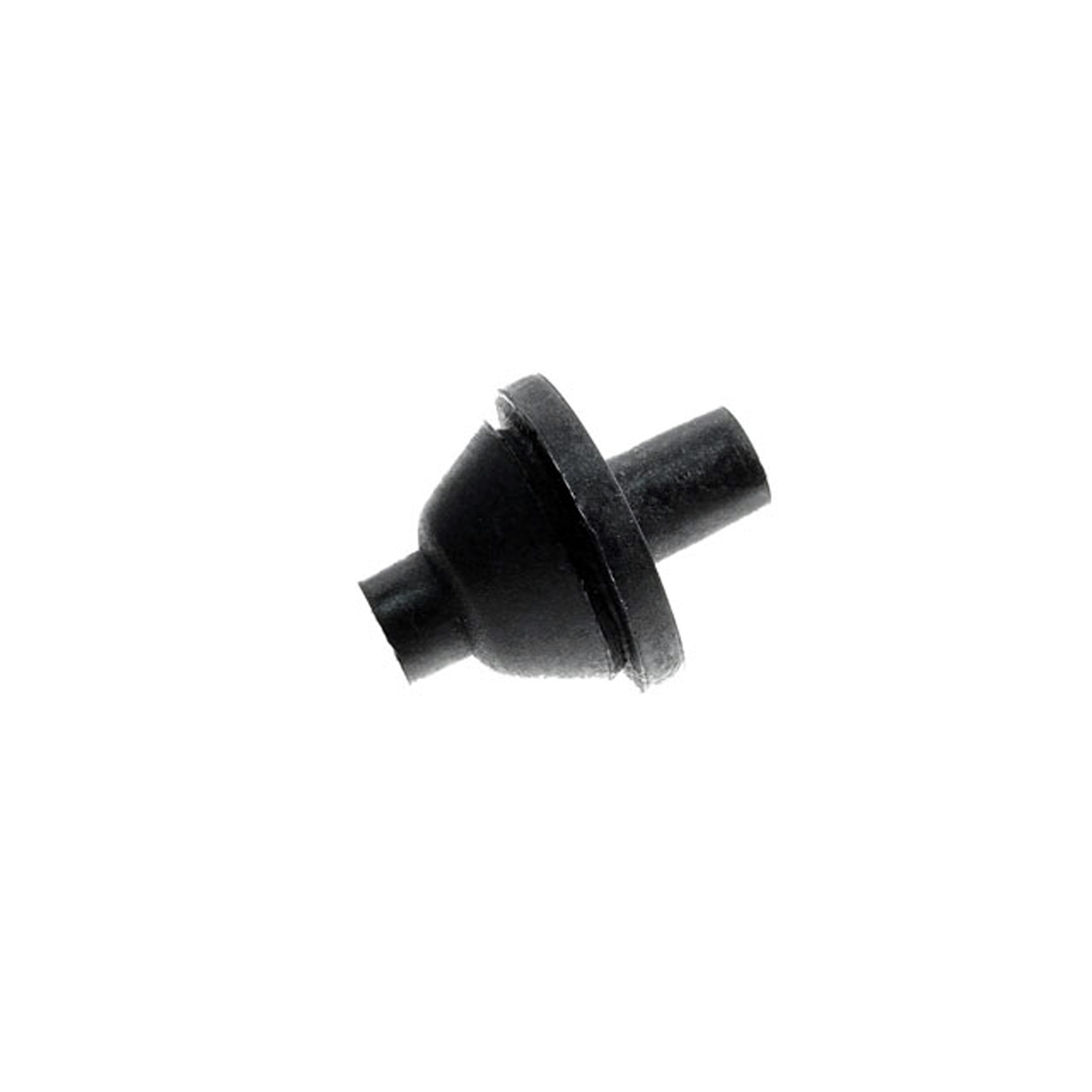 1970 Pontiac Grand Prix Dash and Firewall Grommet. Single-hole type is for one wire-SM 101Dash and Firewall Grommet. Single-hole type is for one wire. Each
1970 Pontiac Grand Prix Dash and Firewall Grommet. Single-hole type is for one wire-SM 101Dash and Firewall Grommet. Single-hole type is for one wire. Each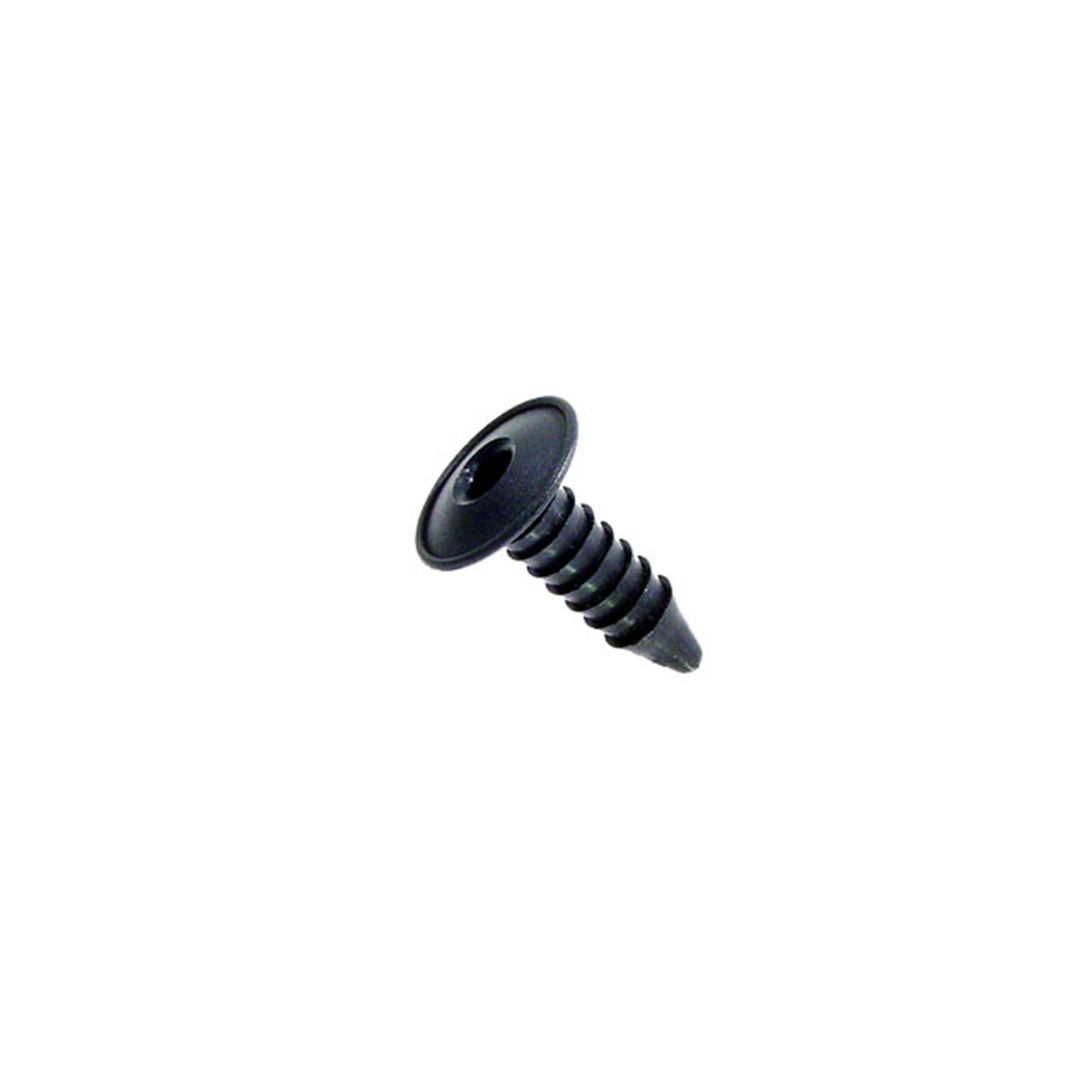 1970 Pontiac Grand Prix Firewall insulation fastener. 1 in. dia. W head. 1-1/2 in. L-SM 80-AFirewall insulation fastener. 1 in. dia. W head. 1-1/2 in. L. Replaces OEM#'s (GM) 7642589 and (AMC) 4001934. Black. Each.
1970 Pontiac Grand Prix Firewall insulation fastener. 1 in. dia. W head. 1-1/2 in. L-SM 80-AFirewall insulation fastener. 1 in. dia. W head. 1-1/2 in. L. Replaces OEM#'s (GM) 7642589 and (AMC) 4001934. Black. Each.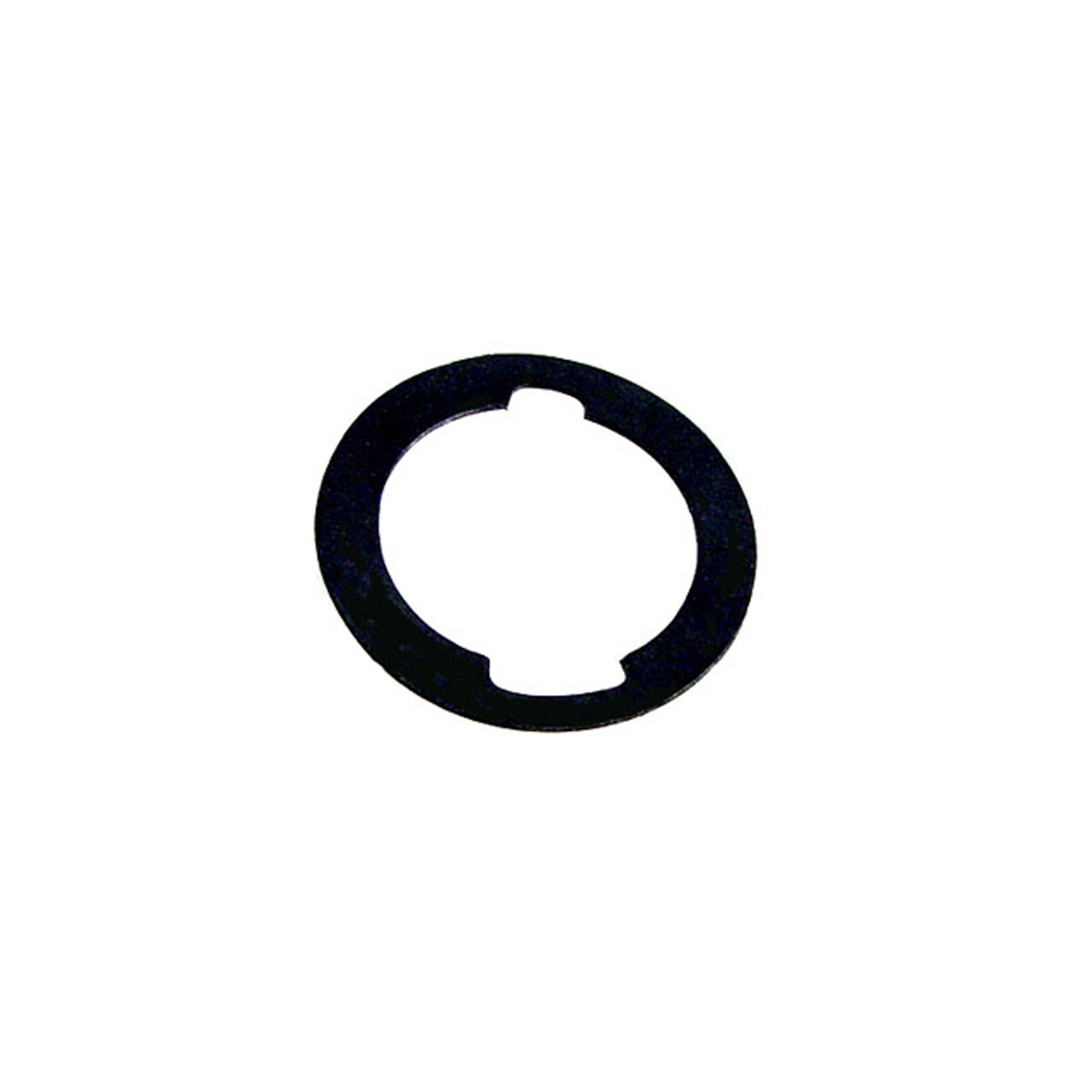 1970 Pontiac Grand Prix Unbeaded Door and Trunk Lock Gasket. 1-3/16" O.D., 7/8" I.D-UM 1600-100Unbeaded Door and Trunk Lock Gasket. 1-3/16" O.D., 7/8" I.D. Each
1970 Pontiac Grand Prix Unbeaded Door and Trunk Lock Gasket. 1-3/16" O.D., 7/8" I.D-UM 1600-100Unbeaded Door and Trunk Lock Gasket. 1-3/16" O.D., 7/8" I.D. Each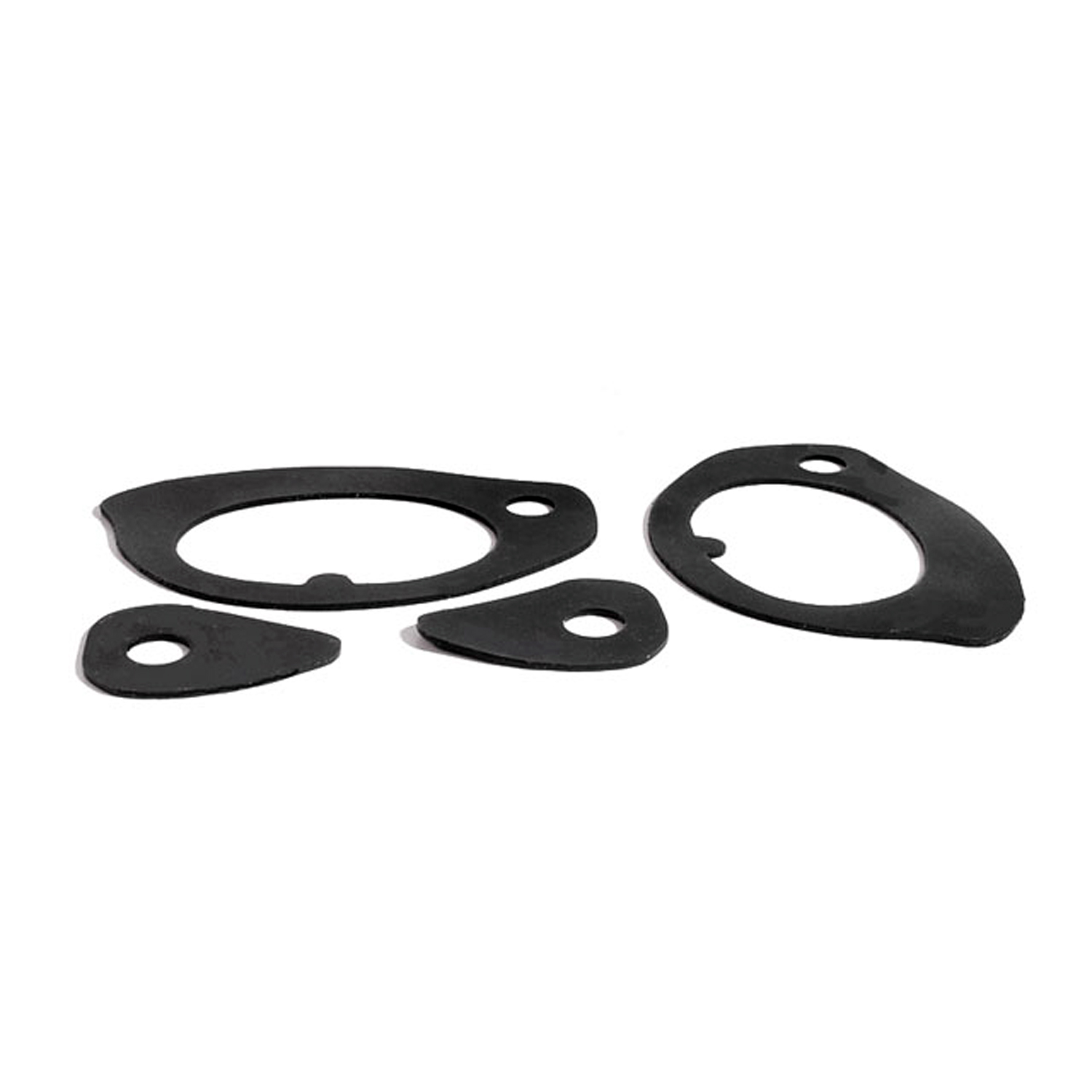 1970 Pontiac Grand Prix Unbeaded Door Handle Mounting Pads. 4-Piece Set-UM 2005-100Unbeaded Door Handle Mounting Pads. 4-Piece Set
1970 Pontiac Grand Prix Unbeaded Door Handle Mounting Pads. 4-Piece Set-UM 2005-100Unbeaded Door Handle Mounting Pads. 4-Piece Set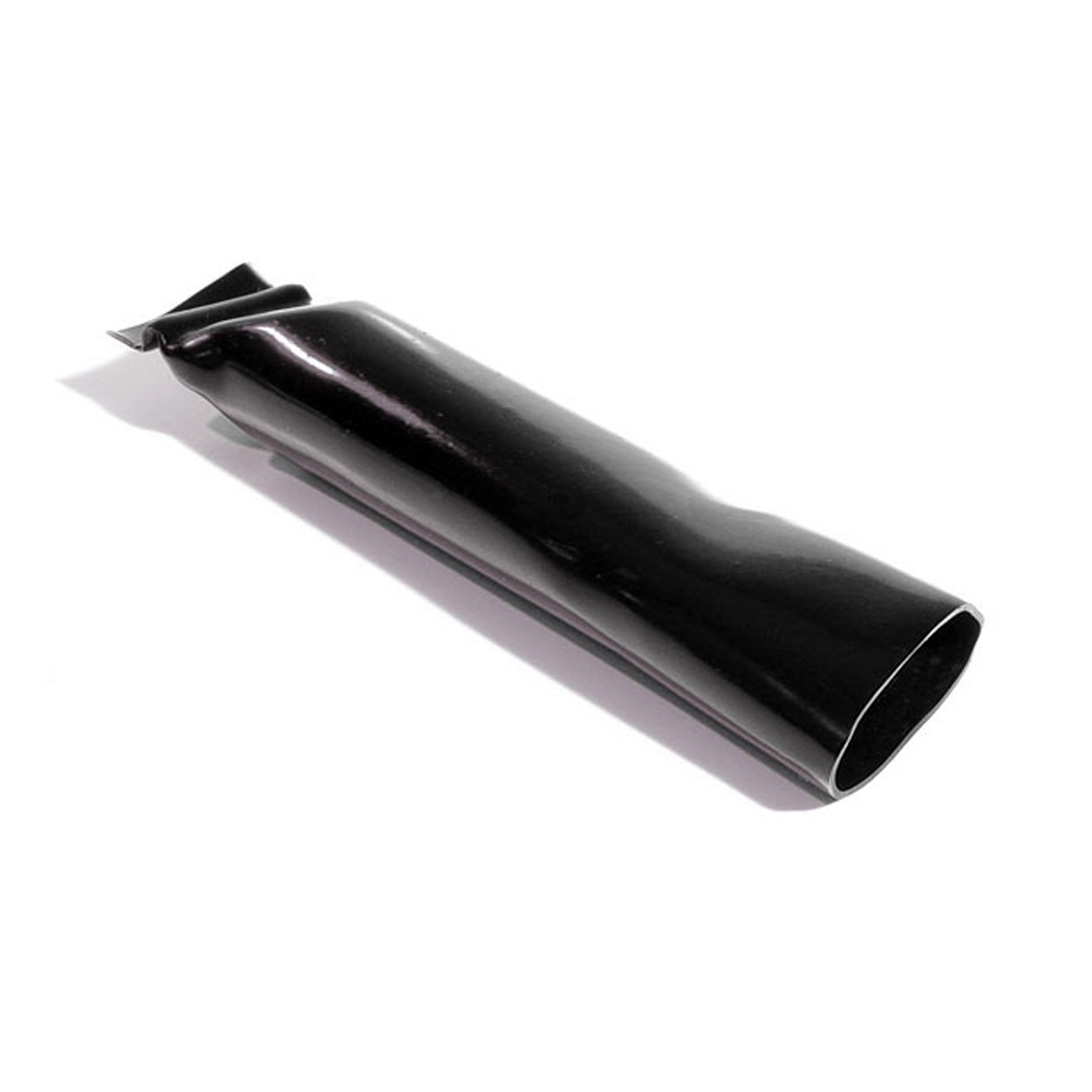 1970 Pontiac Grand Prix Air Conditioning Evaporation Drain Tube. 6-7/8" long-VH 102-GAir Conditioning Evaporation Drain Tube. 6-7/8" long. Each
1970 Pontiac Grand Prix Air Conditioning Evaporation Drain Tube. 6-7/8" long-VH 102-GAir Conditioning Evaporation Drain Tube. 6-7/8" long. Each 1970 Pontiac Grand Prix Rear Roll-Up Quarter Window Seals-VS 3-MRear Roll-Up Quarter Window Seals, for 2-Door Hardtops and Convertibles. Made with a steel core stiffener. 16-1/2" long. Pair
1970 Pontiac Grand Prix Rear Roll-Up Quarter Window Seals-VS 3-MRear Roll-Up Quarter Window Seals, for 2-Door Hardtops and Convertibles. Made with a steel core stiffener. 16-1/2" long. Pair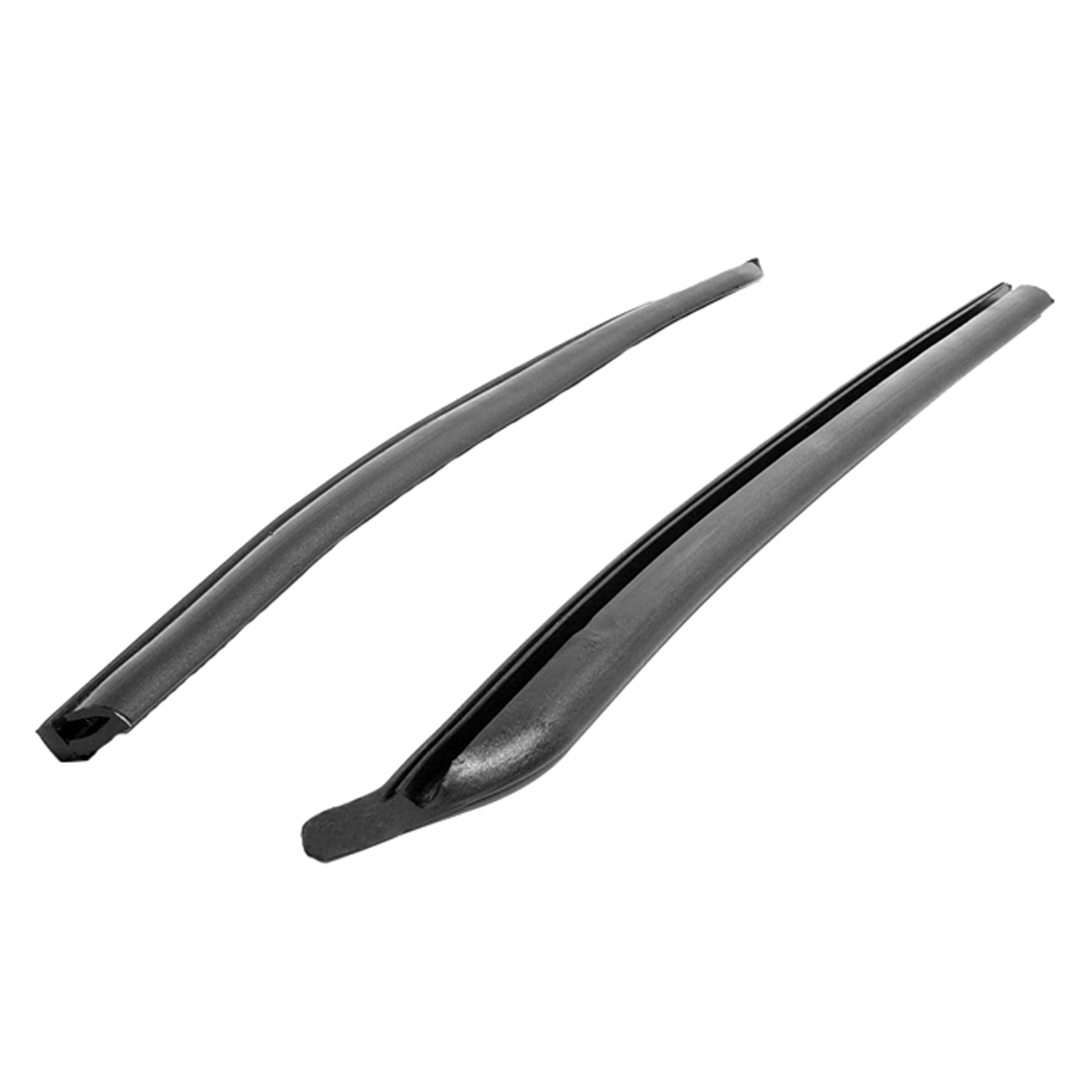 1970 Pontiac Grand Prix Rear Roll-Up Quarter Window Seals-VS 3-MXRear Roll-Up Quarter Window Seals, for 2-Door Hardtops and Convertibles. Made without steel core. 16-1/2" long. Pair
1970 Pontiac Grand Prix Rear Roll-Up Quarter Window Seals-VS 3-MXRear Roll-Up Quarter Window Seals, for 2-Door Hardtops and Convertibles. Made without steel core. 16-1/2" long. Pair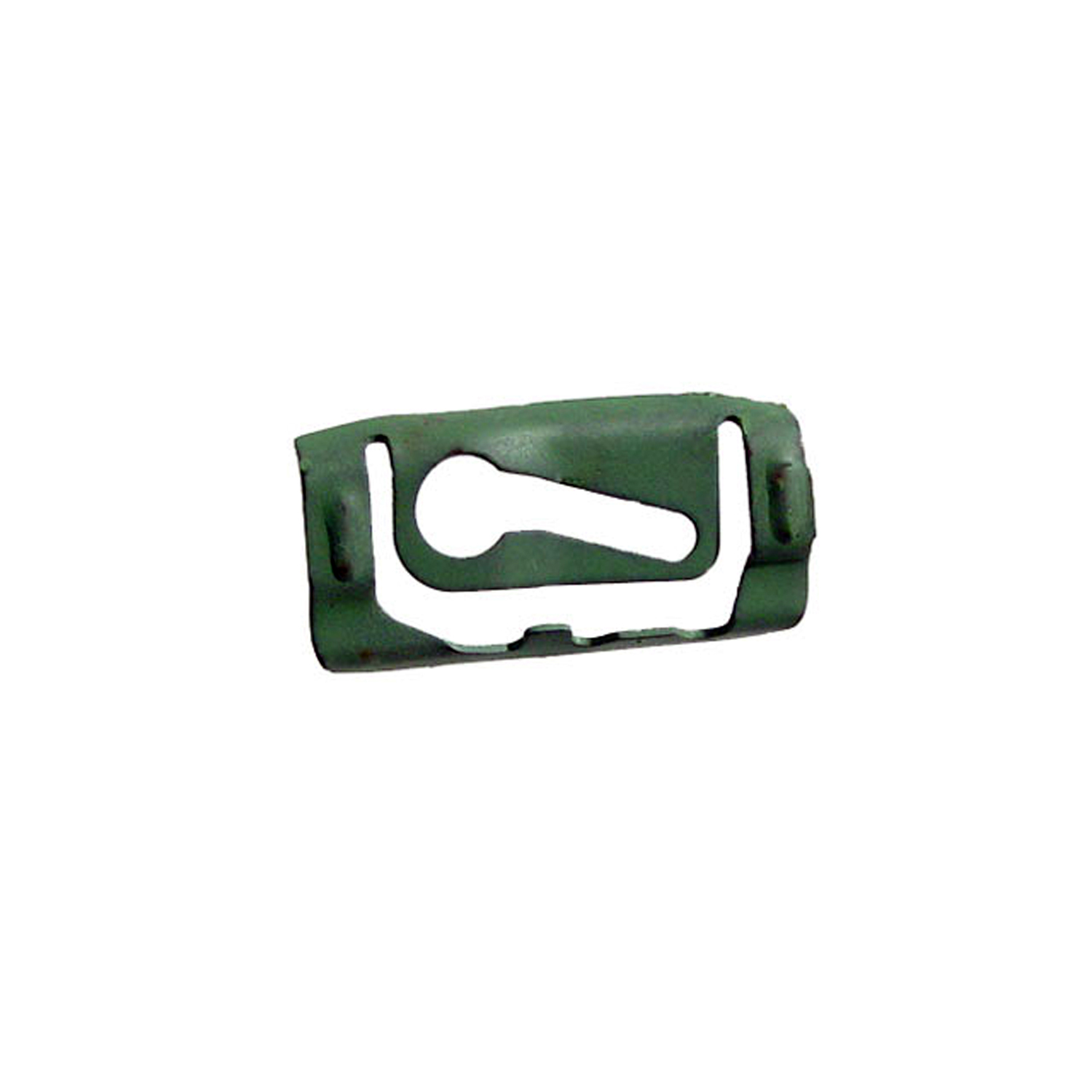 1970 Pontiac Grand Prix Quarter Window Reveal Molding Clip. Made of Steel-WF 205Quarter Window Reveal Molding Clip. Made of Steel. 1-3/8" X 11/16". Each
1970 Pontiac Grand Prix Quarter Window Reveal Molding Clip. Made of Steel-WF 205Quarter Window Reveal Molding Clip. Made of Steel. 1-3/8" X 11/16". Each 1970 Pontiac Grand Prix Rear Windshield Reveal Molding Clip. Made of steel-WF 211Rear Windshield Reveal Molding Clip. Made of steel. 15/16" X 3/4". Each
1970 Pontiac Grand Prix Rear Windshield Reveal Molding Clip. Made of steel-WF 211Rear Windshield Reveal Molding Clip. Made of steel. 15/16" X 3/4". EachWhy Choose Metro?
For over 100 years, Metro Moulded Parts has been the pinnacle of quality in classic car restoration parts. Our commitment to precision and authenticity in every component ensures a perfect fit and an OEM-level appearance.
- Expert Craftsmanship & Quality: Each part is a testament to our dedication to reliability and perfection, crafted from original designs and thoroughly tested.
- Advanced Technology: We use cutting-edge techniques to create flawless, long-lasting parts that surpass others in performance.
- SuperSoft Sponge – The Ultimate Door Seal: Not only are our door seals 30% softer than competitors', but they're also guaranteed to never leak. They effectively reduce wind and road noise, enhancing your classic car's comfort and driving experience.
- Proudly American: Our parts are a product of American craftsmanship, made in the USA with a spirit of excellence and heritage.
- Unrivaled Warranty: We back our products with a 30-year industry-leading warranty, a testament to our confidence in their quality.
Join us in preserving the legacy of classic cars with parts that are crafted for perfection, not just made.

